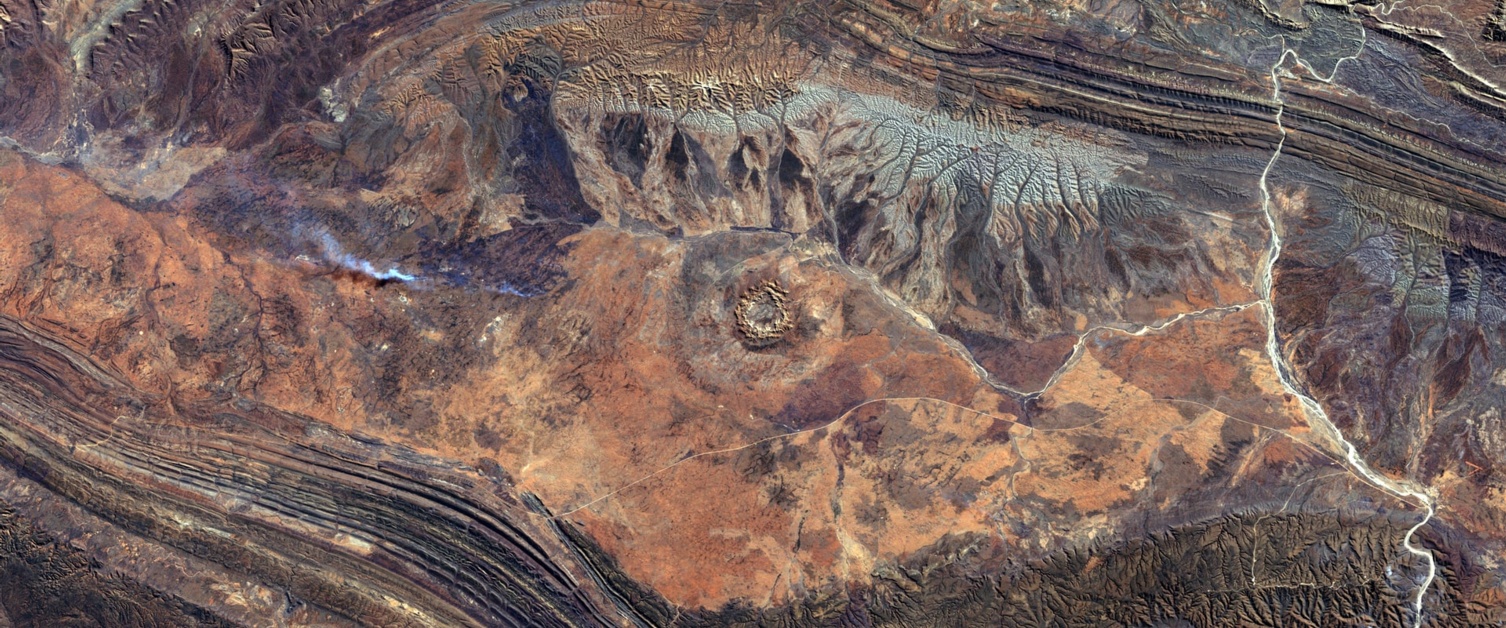Extreme Weather Prediction and Soundings from an Asteroid: The Latest Headlines
- By AMS Staff
- Aug 9, 2023
Here are a few of the news stories that we've been following in the last week. Do you have a story we missed? Share it in the community!
Earlier prediction for extreme weather events
Scientists from the Potsdam Institute for Climate Impacts have developed a new mathematical approach that they say can substantially improve the prediction of extreme weather events. Analyzing the connectivity and patterns between geographical locations, it could potentially save thousands of lives and avoid billions in economic losses. Prediction times for events like El Niño, monsoons, droughts or extreme rainfall could be increased substantially, to a month or in some cases even a year in advance, depending on the type of the event. Read more on the research here.
Penn State pilot program trains local gardeners to take action on climate change
What stops people from leading and implementing local projects? How can we encourage volunteers to take action to address climate change? These questions gripped a team of Penn State Extension educators and Master Gardeners, who set out to find answers.
They started by securing a Science-to-Practice grant from Extension and the College of Agricultural Sciences Office for Research and Graduate Education. These grants award up to $10,000 a year to integrated research and extension teams to address pressing, complex challenges.
“Our premise was that people don’t lead projects because they don’t feel they have leadership skills, and they don’t know how to get the money,” said Linda Falcone, an entrepreneurship and economic and community development extension educator based in Wyoming County. Read more about the program, its results, and next steps.
Pandemic lockdown schedules reduce carbon footprint of pro sports leagues
The past two North American pro-sports seasons have been exceptional in many ways: fewer games played, more regional travel and more same-city “baseball-style” series with consecutive matchups between the same home and visiting teams. It was an unusual experience for everyone involved, but a good one for the environment, writes Concordia researcher Seth Wynes.
In a new paper just published in the journal Environmental Science & Technology, Wynes, a postdoctoral fellow in the Department of Geography, Planning and Environment, writes that the drop in travel among the four major sports leagues in North America — Major League Baseball, National Football League, National Basketball Association and National Hockey League — had a noticeable effect on their carbon footprints.
Six key charts explain the fundamentals of climate change
Scientific research is improving our understanding of climate and the complex Earth system, identifying the most vulnerable areas and guiding efforts to reduce the drivers of climate change. Work on renewable energy and alternative energy sources, as well as ways to capture carbon from industries or from the air, are producing more options for a better prepared society. Read more on six key areas of climate change and what they mean.
Mini-radar will take first soundings inside an asteroid
Scheduled to fly to the Didymos binary asteroid system with ESA's Hera mission for planetary defense in 2024, the compact radar aboard the European Space Agency's Juventas CubeSat will perform the first ever radar sounding inside an asteroid. Juventas will peer up to 100 m deep within the 160-m-diameter Dimorphos moonlet of the 780-m-diameter Didymos asteroid. CubeSats are mini-satellites built up from standardized 10-cm boxes. Juventas is a '6-unit' CubeSat, measuring 10x20x30 cm, while its quartet of radar antennas measure 1.5 m long each. Read more on the radar and its mission.
How solving the mysteries of soot can help with climate change
Soot is one of the world's worst contributors to climate change. Its impact is similar to global methane emissions and is second only to carbon dioxide in its destructive potential. This is because soot particles absorb solar radiation, which heats the surrounding atmosphere, resulting in warmer global temperatures. Soot also causes several other environmental and health problems including making us more susceptible to respiratory viruses.
Soot only persists in the atmosphere for a few weeks, suggesting that if these emissions could be stopped then the air could rapidly clear. This has recently been demonstrated during recent lockdowns, with some major cities reporting clear skies after industrial emissions stopped.
But soot is also part of our future. Soot can be converted into the useful carbon black product through thermal treatment to remove any harmful components. Carbon blacks are critical ingredients in batteries, tires and paint. Read more on the latest research into this surprisingly mysterious substance.
How plants survive in one of the driest places on Earth, and what they can tell us about climate change
The coastal region of the Atacama Desert in the north of Chile is one of the driest places on Earth. Less than a millimetre of rain falls there per year on average.
It is hard to imagine that plants could grow in such inhospitable conditions. And yet, they do: Tillandsia landbeckii, a genus of plant from the pineapple family (Bromeliaceae), survive in the desert by ‘combing’ water out of the fog that rolls in from the nearby coast.
These plants also function as an indicator for climate change and for the availability of fog water, which can also be used by humans as a sustainable water source.
